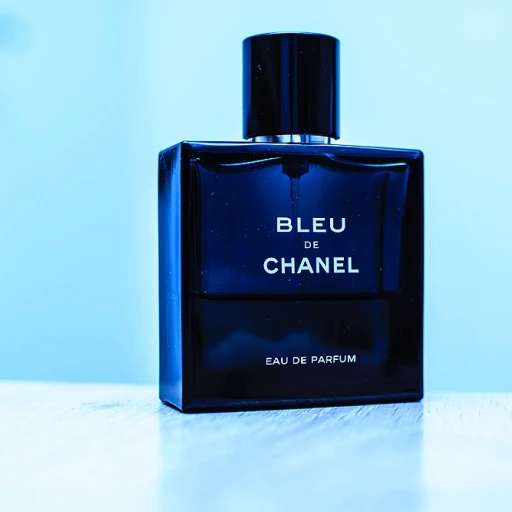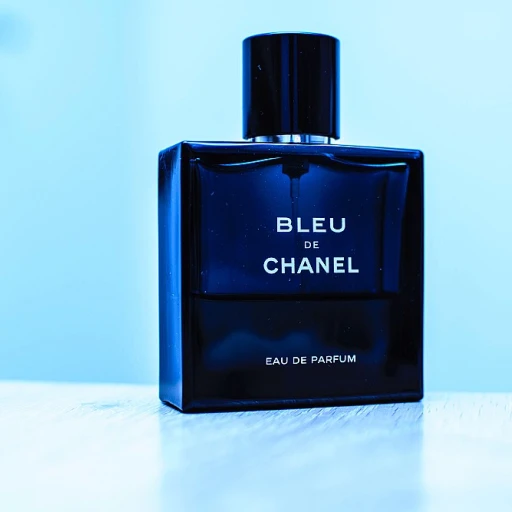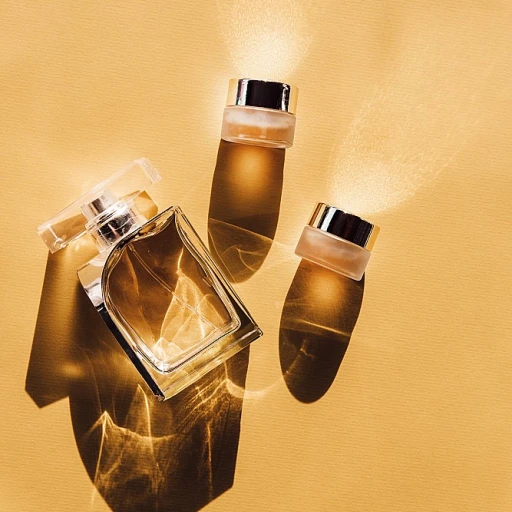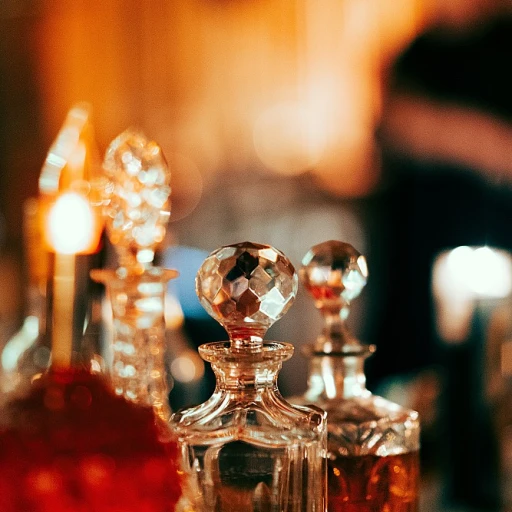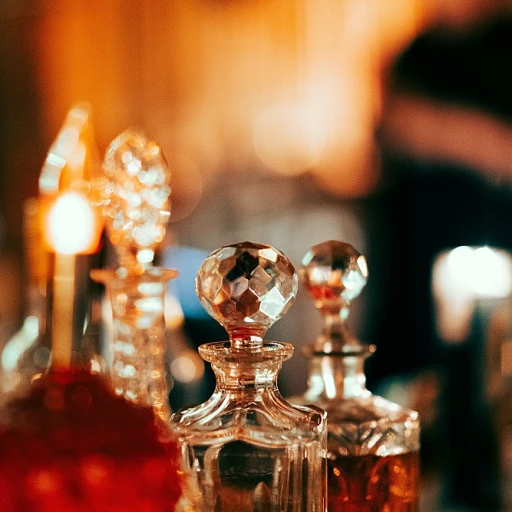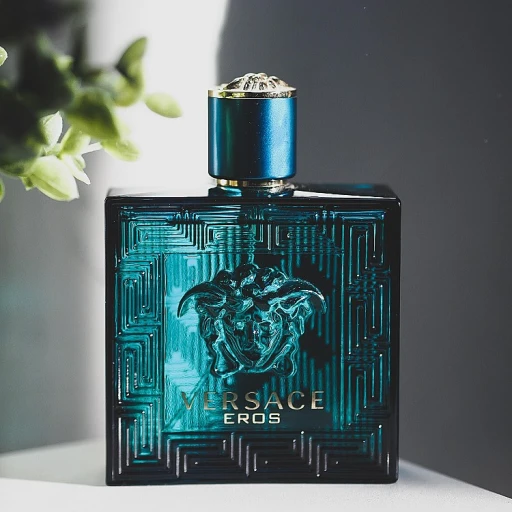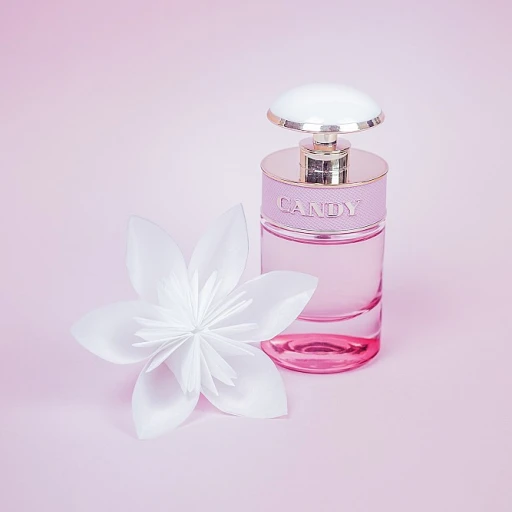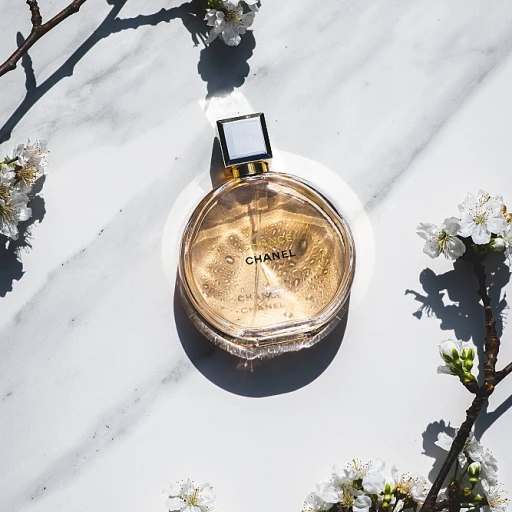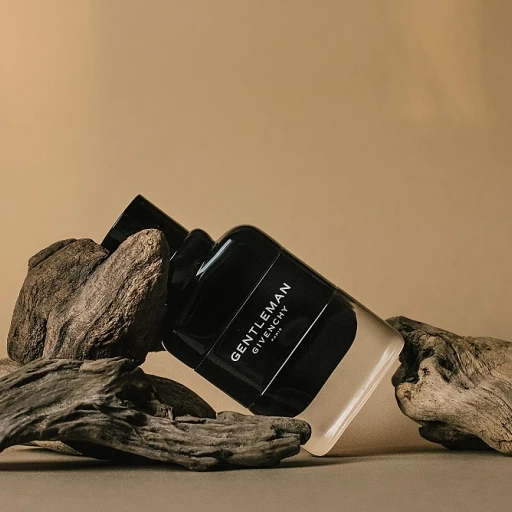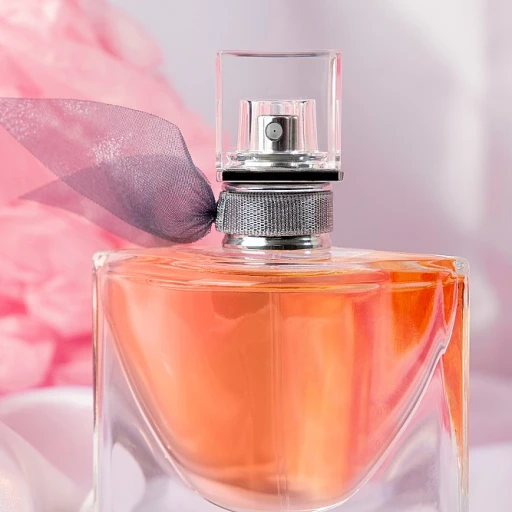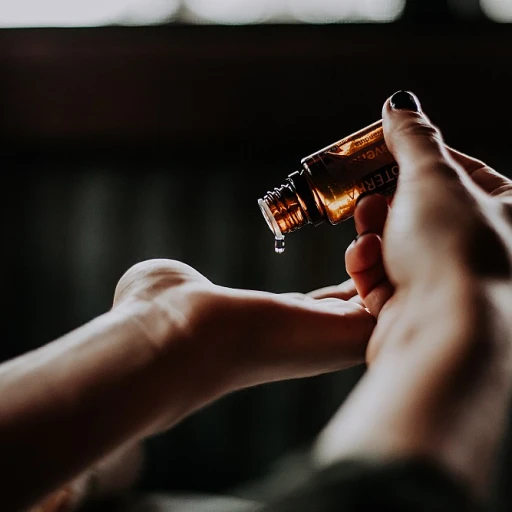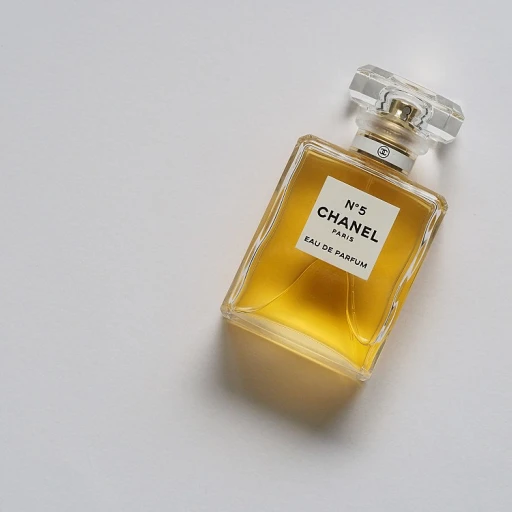
Understanding Fresh White Ambergris
The Mystique Surrounding White Ambergris
White ambergris, often referred to as 'floating gold,' has long captivated the perfume industry. This rare and precious material is a product of the ocean, secreted by sperm whales and eventually washed ashore. Its allure lies in the unique scent profile and the complexity it brings to fragrances. Ambergris transforms with time. Initially, it's a dark grey or black product, maturing into a light, waxy substance with hues of white and grey. Its scent transforms into a deep, earthy aroma that blends beautifully with other fragrance elements such as sandalwood or amber, lending perfumes a natural elegance and depth. The highest quality ambergris, especially the sought-after white variety, is prized for its ability to enhance the longevity of a perfume. It acts as a fixative, improving the sillage and the overall quality of the fragrance. Perfumers value it for its subtle yet powerful presence, which adds warmth and complexity to the essential oil blend, long revered in compositions involving natural white ambergris oil. Given its limited availability and labor-intensive sourcing, the price of natural ambergris can soar. Regular and sale price fluctuations reflect the rarity and demand for these exceptional oils. For those curious about the journey of this mystifying ingredient in modern perfumery, the pomegranate's allure offers a fascinating parallel into how nature's rare offerings can transform the fragrance world.The Role of Ambergris in Fragrance Composition
The Essence of Ambergris in Fragrance Creation
Ambergris, often referred to as floating gold, plays a pivotal role in the world of perfumery. This rare substance, produced by sperm whales, is treasured for its unique scent profile and its ability to enhance the longevity and depth of fragrances. The allure of ambergris lies in its complex aroma, which can range from earthy and marine to sweet and musky, making it a versatile ingredient in crafting perfumes.
In the realm of fragrance composition, ambergris is prized for its ability to act as a fixative. This means it helps stabilize other volatile components in a perfume, allowing the scent to linger longer on the skin. The highest quality ambergris, particularly the fresh white variety, is known for its subtle yet captivating aroma that blends seamlessly with other notes like sandalwood and essential oils.
Perfumers often use ambergris oil to add a rich, warm base to their creations. This oil, derived from the natural product, is cherished for its ability to harmonize with both floral and woody notes, enhancing the overall olfactory experience. The inclusion of ambergris in a fragrance can elevate it from a mere scent to an unforgettable olfactory journey.
While the price of ambergris can be steep, reflecting its rarity and the labor-intensive process of sourcing it from the ocean, its impact on the quality of a perfume is undeniable. The use of ambergris in perfumes is not just about luxury; it's about creating a product that resonates with the wearer on a deeper level, offering a scent that is both timeless and evocative.
For those interested in the science behind how ambergris interacts with other fragrance components, exploring the intricate world of perfume molecules can provide valuable insights into its role in modern perfumery.
Challenges in Sourcing and Using Ambergris
Navigating the Challenges of Sourcing and Utilizing Ambergris
The journey to incorporating ambergris, particularly the alluring white variant, into perfumes is not without its hurdles. From sourcing to application, the challenges can sometimes mirror the complexities of this remarkable ingredient itself.Firstly, acquiring ambergris holds its set of difficulties, primarily because of its scarcity. As a natural occurrence, ambergris, often referred to as "floating gold," is a prized find from the depths of the ocean, originating from sperm whales. It can emerge in various forms - from young, dark grey to the lighter, more valued white ambergris.
Despite its natural appeal, the use of natural products like ambergris is increasingly debated due to ethical and conservation concerns. The reliance on ambergris presents a dichotomy; while some view it as a substance of naturally evolving beauty, others compare its utility to the potentially more ethical allure of synthetic alternatives.
Considering the price sale and regular price discrepancies for ambergris - a product that sways significantly in market value - transparency in sourcing becomes essential. Will customers pay for a piece of such rare luxury? Then comes the consumer's expectation, desiring both transparency in price and quality assurance in each product. Customer reviews often highlight this delicate balance, giving vital insight into the perceived quality of such amber-derived fragrances.
The crafting of scent using white ambergris involves more than just its natural purity. Blending its oil natural allure with other complementary oils, like sandalwood, results in a cascading scent experience praised in ambre gris formulations. However, limitations exist due to the legal frameworks governing its use in certain regions, requiring perfumers to sometimes choose or develop synthetic counterparts.
As more customers attune to ingredient sourcing and environmental impact, the fragrance industry continues to evolve, seeking sustainable paths alongside traditional practices. These challenges underscore the dynamic landscape perfumers navigate, crafting luxurious yet responsible compositions. For those interested in broader conversations around ethical sourcing in perfumes, exploring the ethical allure of phthalate-free fragrances presents another facet of this evolving dialogue.
Ambergris vs. Synthetic Alternatives
Diving into Ambergris: Natural Charm vs. Synthetic Wonders
In the modern perfume industry, there is a continuous balancing act between the use of natural and synthetic ingredients. Ambergris, often referred to as "floating gold," is no exception. While its mesmerizing scent, reminiscent of the ocean, adds a unique depth to fragrances, ethical and sustainable concerns about sourcing this product from sperm whales have pushed perfumers to explore alternatives.
Ambergris oil, valued for its quality, is a result of the waxy substance produced in the digestive systems of sperm whales. Over time, this substance transforms into various grades: from black and dark grey to the highly coveted white ambergris. Each grade brings a different quality and price to the table, with the highest quality pieces often fetching a regular price that reflects their rarity and rich scent profile.
Synthetic alternatives aim to mimic these luxurious notes of natural ambergris. Perfume manufacturers, keen to reduce reliance on whale-derived products, are investing in lab-created solutions. These lab creations promise consistency—something natural ambergris, with its varying scent profile, can't always ensure. The advantage is seen in their predictable price sale and the elimination of ethical dilemmas surrounding the use of animal-based ingredients.
Comparatively, synthetic ambrein, modeled after the core olfactory compound found in ambergris, offers a similar warm, musky aroma. Though not entirely identical, as noted in various customer reviews, these synthetic options deliver a close approximation that appeals to the olfactory senses.
Nonetheless, the allure of "real" ambergris can still pull people in, much like the gentle tug of the ocean's tide. Whether through its mysterious language of scent or the antiquity it represents, natural ambergris continues to hold a special place in the hearts of enthusiasts who value its authenticity. Quality ambergris, often combined with essential oils like sandalwood oil, creates fragrances that speak the language of luxury and timelessness.
Iconic Fragrances Featuring Fresh White Ambergris
Iconic Fragrances That Capture the Essence of White Ambergris
In the world of perfumery, certain fragrances stand out for their masterful use of fresh white ambergris. This rare and luxurious ingredient, often referred to as "floating gold," brings a unique depth and complexity to perfumes, making them truly unforgettable. Here, we explore some iconic fragrances that have harnessed the allure of white ambergris to create olfactory masterpieces.
- Classic Elegance: Many timeless perfumes incorporate white ambergris to enhance their scent profiles. The natural, oceanic quality of ambergris oil blends seamlessly with notes of sandalwood and amber, creating a sophisticated aroma that resonates with both men and women.
- Modern Interpretations: Contemporary perfumers have embraced the challenge of using ambergris, often pairing it with essential oils like sandalwood oil and dark grey ambre gris. These modern creations offer a fresh take on traditional scents, appealing to a new generation of fragrance enthusiasts.
- Luxury and Exclusivity: Due to its rarity and the challenges in sourcing, perfumes featuring high-quality ambergris often come with a premium price tag. However, the investment is justified by the unparalleled scent experience they provide, with customer reviews frequently highlighting the rich, complex layers of fragrance.
- Natural vs. Synthetic: While some brands opt for synthetic alternatives to reduce costs, the highest quality perfumes continue to use natural ambergris. The subtle nuances of natural ambergris, derived from sperm whales, cannot be fully replicated, making these products highly sought after.
As the fragrance industry evolves, the demand for perfumes featuring white ambergris remains strong. Whether in classic or contemporary compositions, the unique scent of ambergris continues to captivate and inspire, ensuring its place in the pantheon of iconic fragrances.
The Future of Ambergris in Perfumery
Continuing Evolution of Ambergris in the Perfumery Industry
The timeless appeal of ambergris, especially its fresh white variant, continues to captivate the fragrance world, leading perfumers to innovate with both traditional and modern approaches. Due to its rarity, the role of ambergris remains impactful yet challenged by the complexities of obtaining this revered ingredient. As perfumers seek to balance luxury with sustainability, several factors will shape its future.- Conscience-Driven Choices: Ethical considerations regarding the impact on sperm whales drive consumers and brands towards sustainably sourced products. The demand for transparency in sourcing practices is critical, aligning with the promise of delivering only the highest quality fragrance experiences.
- Naturally Exclusive: The quintessence of ambergris, often dubbed "floating gold," remains a symbol of luxury and opulence. Authentic white ambergris, with its unique scent profile, could secure its place as a coveted element in high-end perfume lines, maintaining its allure at a regular price or sale price depending on market conditions.
- Synthetic Integration: As the industry leans towards eco-friendly solutions, the integration of synthetic alternatives can potentially offer similar olfactory experiences without compromising the environment. The distinction between natural ambergris and synthetics is becoming increasingly nuanced, influenced by essential oil combinations and customer preferences.
- Olfactory Innovation: Perfumery will continue to explore blending ambergris with diverse fragrances like sandalwood oil, amber, and exotic oils. The resulting products showcase remarkable scents, enhanced by the mystique of ambre gris’s natural appeal.
- Cultural Resonance: Ambergris's rich history and its lingering presence in language, art, and literature offer an alluring nostalgia that modern perfumers may continue to draw upon, enriching their narratives through scent.


